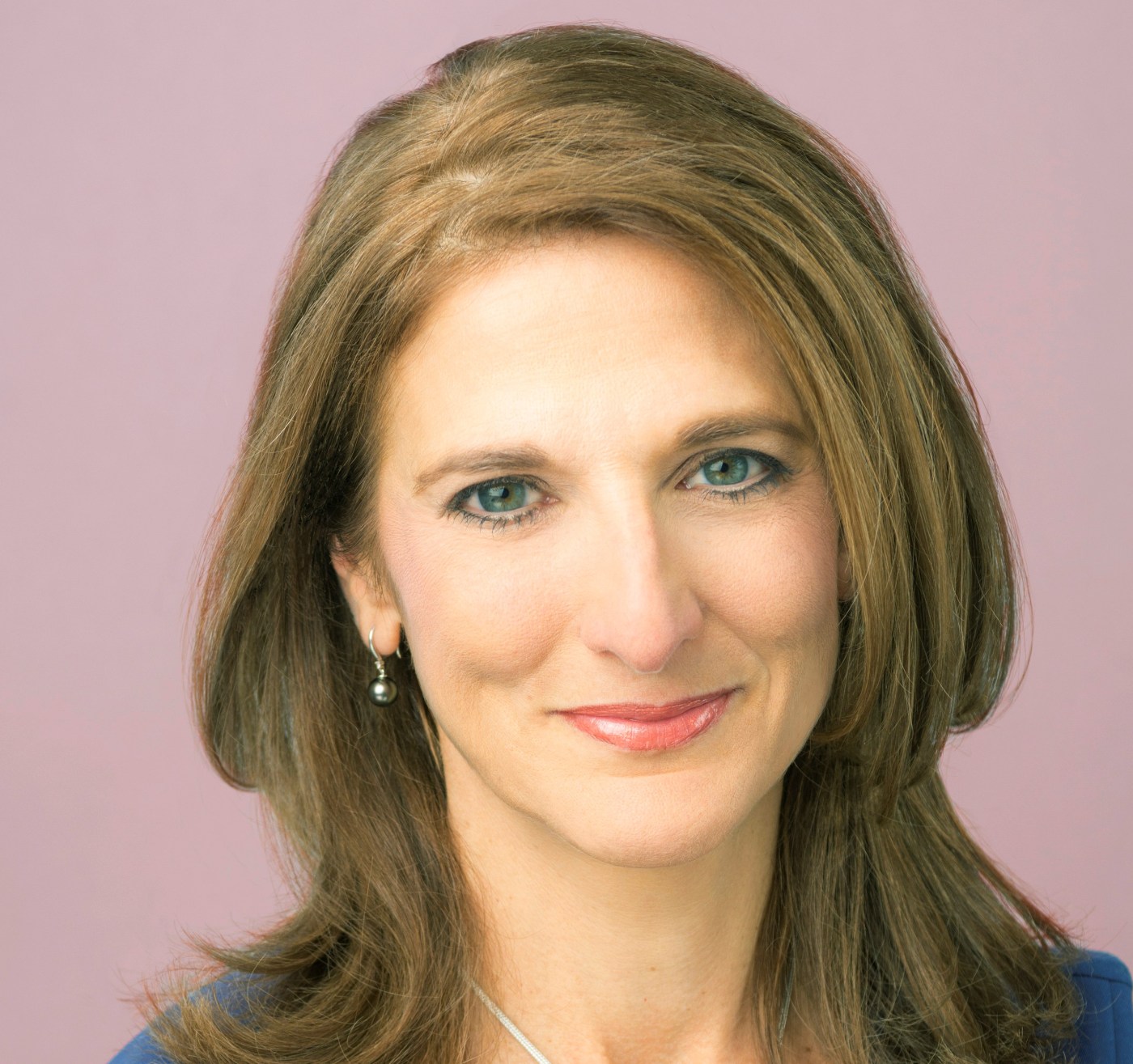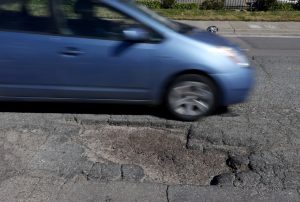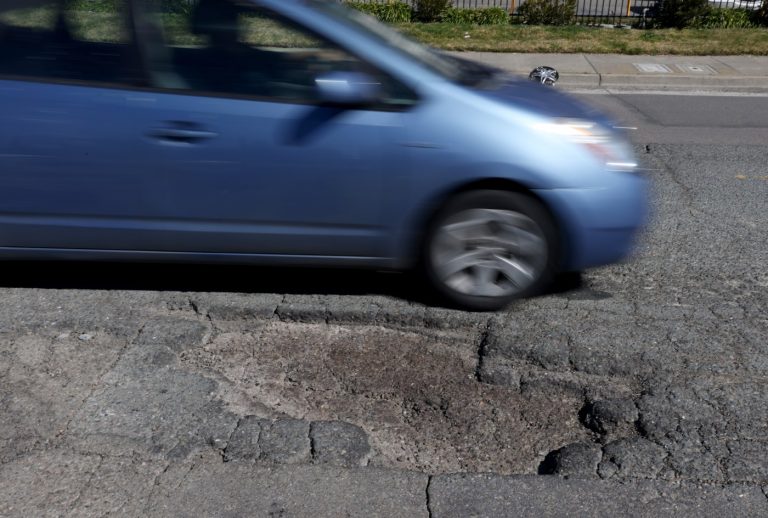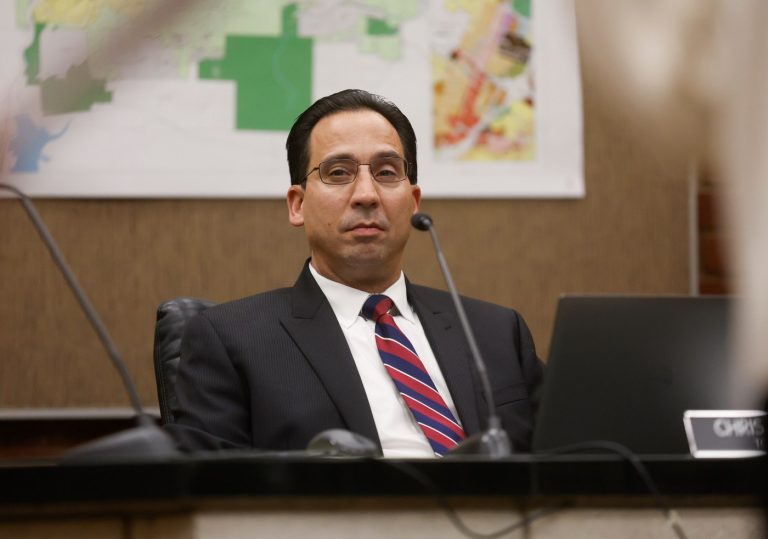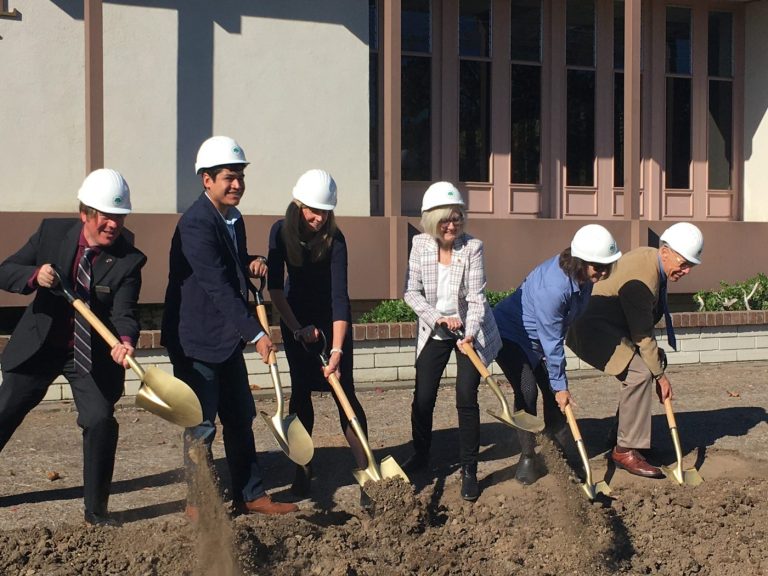When the government released its most recent update on U.S. economic growth (Gross Domestic Product or GDP), it was a classic “upside surprise.”
The economy expanded by an annualized pace of 2.8 percent in the second quarter, far ahead of expectations of 2%, and a big jump from the first quarter result of 1.4%.
Related Articles
Junk fee ban sparks price transparency wave for cruise fares
Opinion: California crackdown on ‘junk fees’ overlooks credit card companies
Direct admissions: How to get into college without applying
You can’t escape climate change, but in some areas, risk is lower
5 ways credit cards can offer a break on back-to-school purchases
The result was a joint effort: Businesses restocked inventories and bought equipment, the government stepped up its spending, and most importantly, consumers, who account for almost 70% of the economy, opened their wallets for health care, housing, cars and auto parts, and furnishings.
Before we get too excited about the positive report, it is possible that the rate will be trimmed when the second and third versions of Q2 GDP are released in the coming months. Additionally, some portion of the upside surprise has to do with some transportation companies’ ramping up their spending in June, in order to make up for equipment production problems earlier in the year.
Still, the pace of consumer spending continues to confound economists. It’s easy to see how wealthier Americans are shelling out bucks in the post-pandemic era. After all, they have seen their home values and investments increase dramatically over the past five years. This group also has benefited from the rise in interest rates, locking in low, fixed rate mortgages amid the pandemic and then subsequently enjoying higher rates of interest on their safe money.
But there are not enough rich Americans to account for the totals, which means that everyone else is also participating. Low to middle Americans, many of whom have spent down their pandemic savings amid higher prices, are keeping the spigots open for two reasons: because their wages are now outpacing the inflation rate and also because they are increasingly turning to credit cards and running up balances on them.
As long as the labor market remains firm, those in debt should be able to keep up. Overall, job growth has been better than expected this year. The economy produced an average of 222,000 per month in the first half of the year, but there is an expectation of a slowdown to start the second half, as companies downshift their hiring plans. Economists are also watching wage growth, which has been slowing, as well as credit card and auto delinquencies, which have been rising, as early signs that consumers may retrench later this year.
When will the Federal Reserve start providing relief to American borrowers?
Not at the July policy meeting, which happened last week. In his recent testimony before Congress, Fed Chair Jerome Powell said that the Fed needs “more good data” before cutting rates and separately, San Francisco President Mary Daly said that despite an improvement in inflation readings, “we’re not there yet.”
What defines “good data”? Perhaps the most recent release of the Fed’s preferred gauge of inflation (Core PCE Index), which showed that the 12-month annual core inflation rate (the rate that removes the volatile food and energy components) remained unchanged at 2.6%, but the three-month annualized rate dropped to 2.3%, from 2.9%. (As a reminder: the inflation rate refers to the rate of change in prices, not a fall in prices. These numbers indicate that price increases are slowing down, which is called “disinflation.”)
If the inflation rate continues to trend lower this summer, as most economists believe, and the job market remains resilient enough to keep consumers afloat, Federal Reserve officials could target their September meeting for the first rate cut of the cycle.
Related Articles
‘Charger hogs’ are ruining the electric vehicle experience. One company is clamping down on bad manners
Travel Troubleshooter: Refund still missing six months after seats were downgraded
California anti-abortion group sues to protect access to ‘abortion pill reversal’
Coming to your electric bill: Monthly charge to extend Diablo Canyon’s life
With a $97 million second weekend, ‘Deadpool & Wolverine’ sets a new high mark for R-rated films
Jill Schlesinger, CFP, is a CBS News business analyst. A former options trader and CIO of an investment advisory firm, she welcomes comments and questions at askjill@jillonmoney.com. Check her website at www.jillonmoney.com.
